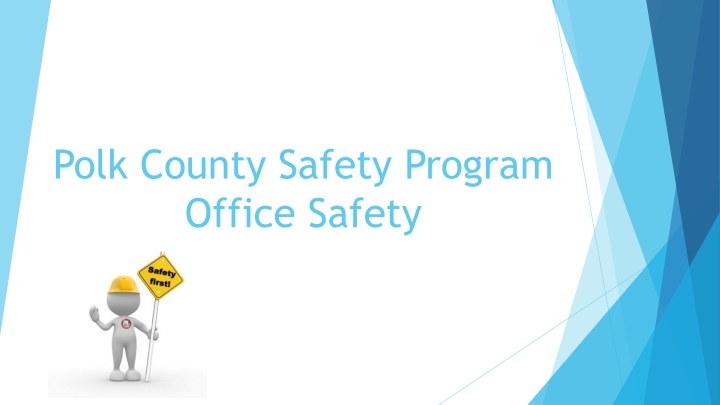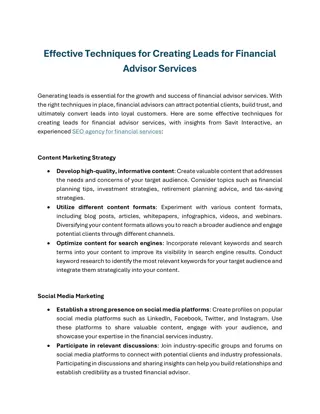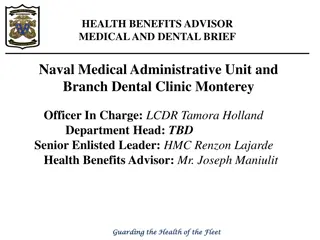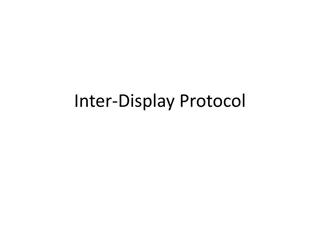The PSP Association by Kathy Weston - Specialist Care Advisor for a World Free of PSP
"The PSP Association, led by Specialist Care Advisor Kathy Weston, works towards a world free of PSP. Providing education, research, local groups, helpline services, and support for individuals with PSP or CBD, their carers, and families. Specialized care advisers offer proactive contact, signposting, and support across the UK. The organization offers various services including a helpline, information advisory, and educational events. Learn about the symptoms and key features of PSP, along with information about CBD. Discover the valuable resources and initiatives offered by The PSP Association to support those affected by PSP and CBD."
Download Presentation

Please find below an Image/Link to download the presentation.
The content on the website is provided AS IS for your information and personal use only. It may not be sold, licensed, or shared on other websites without obtaining consent from the author.If you encounter any issues during the download, it is possible that the publisher has removed the file from their server.
You are allowed to download the files provided on this website for personal or commercial use, subject to the condition that they are used lawfully. All files are the property of their respective owners.
The content on the website is provided AS IS for your information and personal use only. It may not be sold, licensed, or shared on other websites without obtaining consent from the author.
E N D
Presentation Transcript
Polk County Safety Program Office Safety
Overview of Office Hazards Many hazards which cause thousands of injuries and health problems annually exist in the office. In addition to the obvious hazards of slippery floors or open file drawers, the modern office may contain hazards such as poor lighting, noise, and poorly designed furniture and equipment.
Leading Types of Disabling Accidents in Offices Office workers sustain approximately 76,000 fractures, dislocations, sprains, strains and contusions annually. Leading types of disabling office accidents are: Falls and slips Strains and over-exertion Struck by or striking against objects Caught in or between objects 35% 30% 25% 20% 15% 10% 5% 0% Caught in Struck by Fall/Slip Strain
Common Office Safety and Health Hazards Physical layout and housekeeping Exits and egress Fire hazards Handling and storage Office furniture Electrical equipment Office machinery/tools Computer Terminals Ventilation Illumination Noise Stress
Physical Layout and Housekeeping Hazards Poor design or poor housekeeping can lead to: Crowding, Lack of privacy, Slips, trips and falls
Exits and Egress Hazards Blocked or improperly planned means of egress can lead to injuries as a result of slips, trips, and falls. If employees become trapped during an emergency due to improper egress, more serious injuries or fatalities can result.
Handling and Storage Hazards Improper lifting of materials can cause musculoskeletal disorders such as sprains, strains, and inflamed joints. Office materials that are improperly stored can lead to hazards such as objects falling on workers, poor visibility, and fires.
Handling and Storage Hazard Controls Some controls to reduce handling and storage hazards include: An effective ergonomic control program incorporating employee awareness and training and ergonomic design of work tasks. No storage of materials on top of cabinets or in aisles or walkways. Heavy objects stored on lower shelves and materials stacked neatly. Flammable and combustible materials identified and properly stored.
Office Furniture Hazards Serious injuries can result from: Defective furniture Misuse of chairs, desks, or file cabinets Improper use of ladders and stools
Filing Cabinet Hazards File cabinets Open only one file drawer at a time. Do not locate file cabinets close to doorways or in aisles. Use drawer handles to close file drawers.
Other Office Hazards Paper cutters Keep blade closed when not in use. A guard should be provided and fingers kept clear. Staplers Always use a stapler remover. Never test a jammed stapler with your thumb. Pencils, pens, scissors Store sharp objects in a drawer or with the point down.
Computer Monitors & Work Station Arrangement Health concerns of computer monitors involve: Eye irritation Low back, neck, and shoulder pain Cumulative trauma disorders, such as carpal tunnel syndrome Stress
Computer Workstation Design Proper ergonomic design should be tailored to prevent discomfort. Factors to consider include: Relation of operator to screen Operator s posture Lighting and background Keyboard position Chair height Document holder Screen design, characters and color
Illumination Lighting problems in the office include: Glare Eyestrain Fatigue Double-vision Poor lighting can be a contributing factor in accidents.
You have completed the Office Safety & Hazards presentation. Please complete a training attendance form located on the safety site and return to ema@polkga.org.























